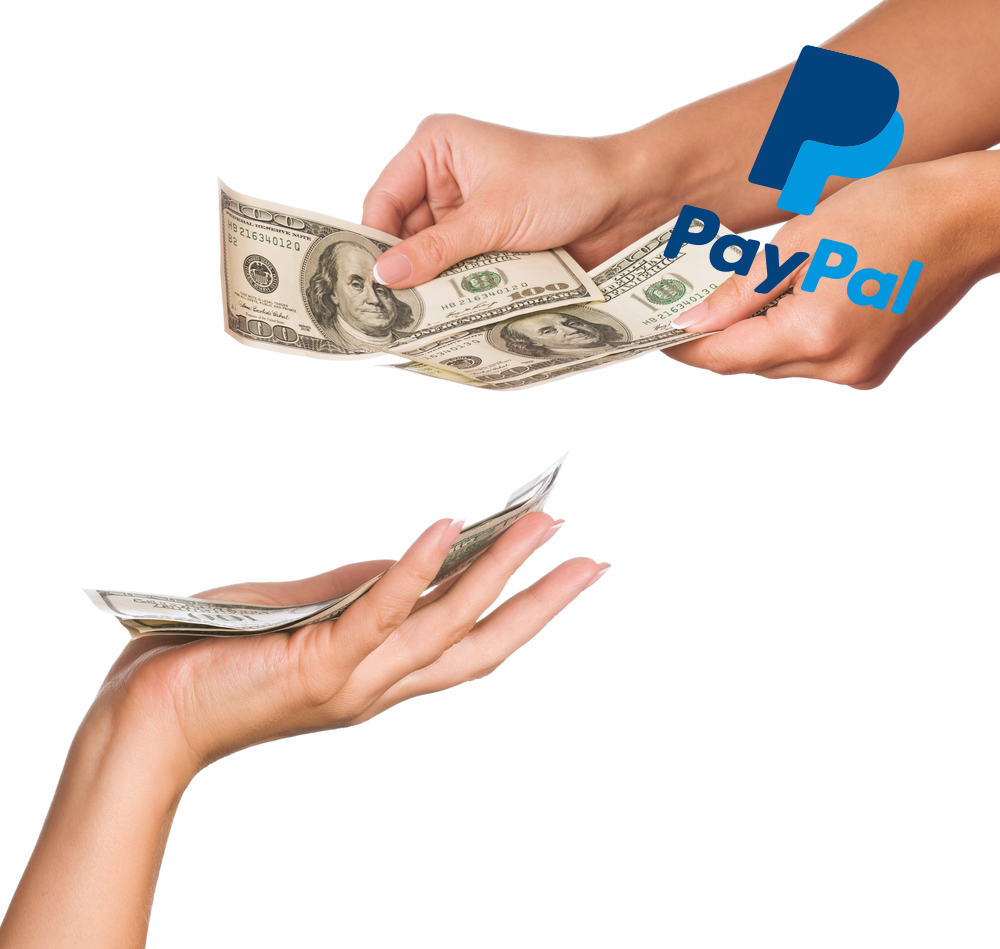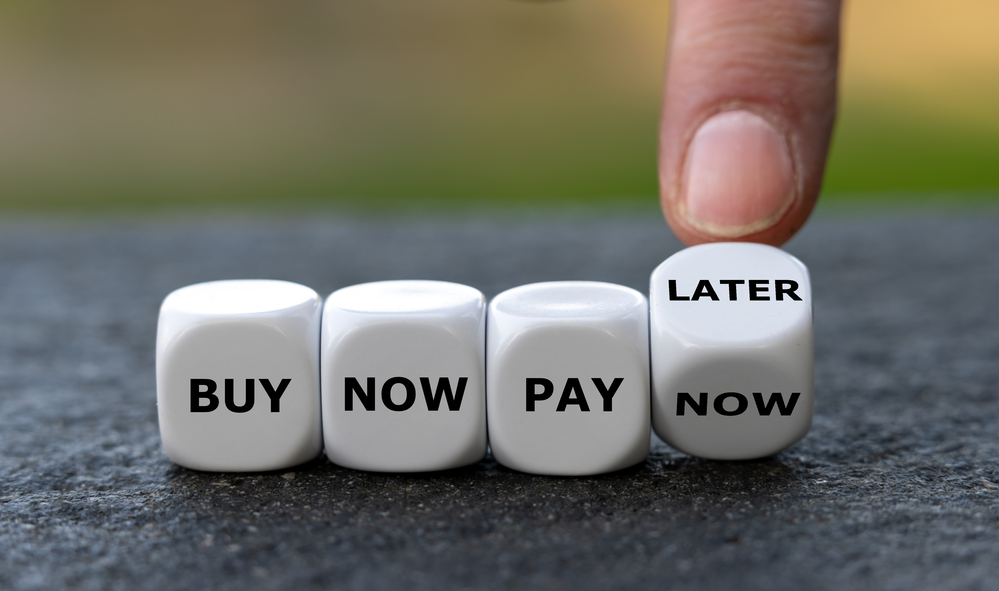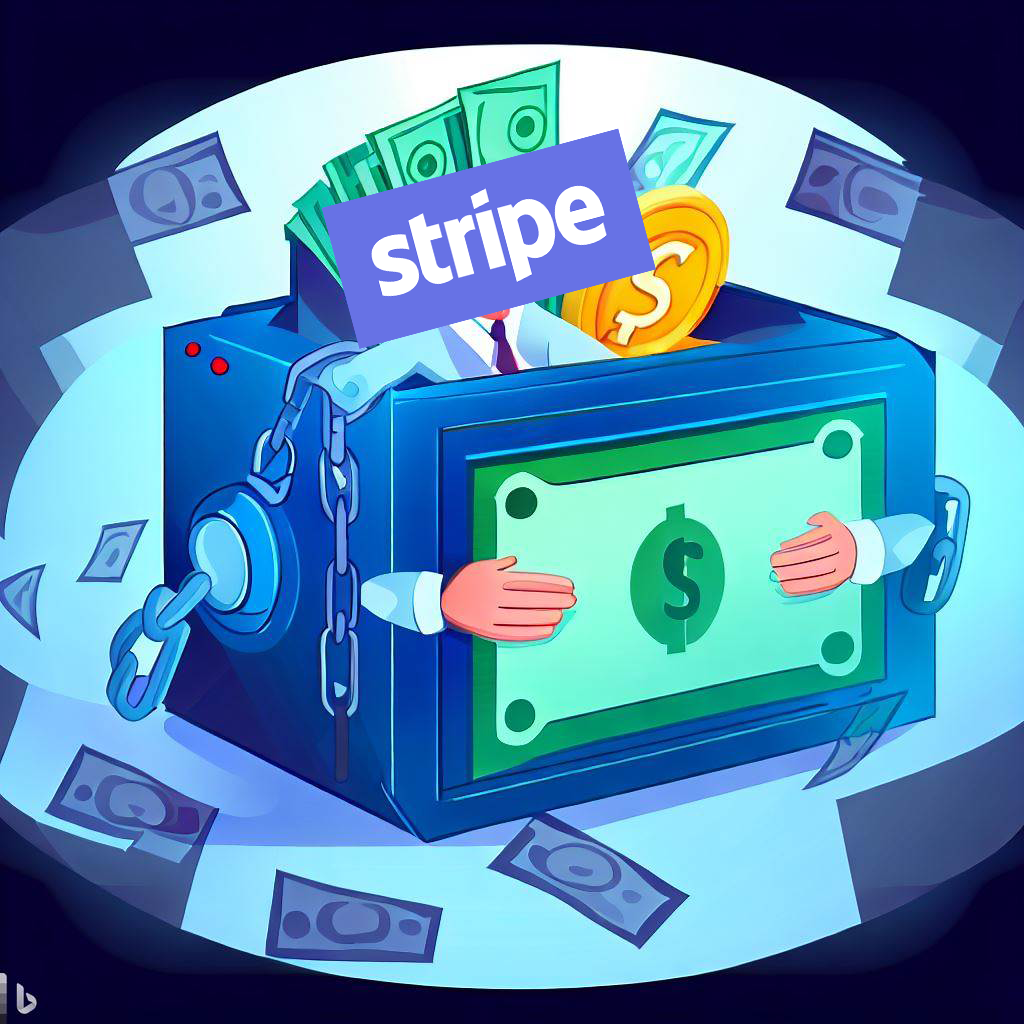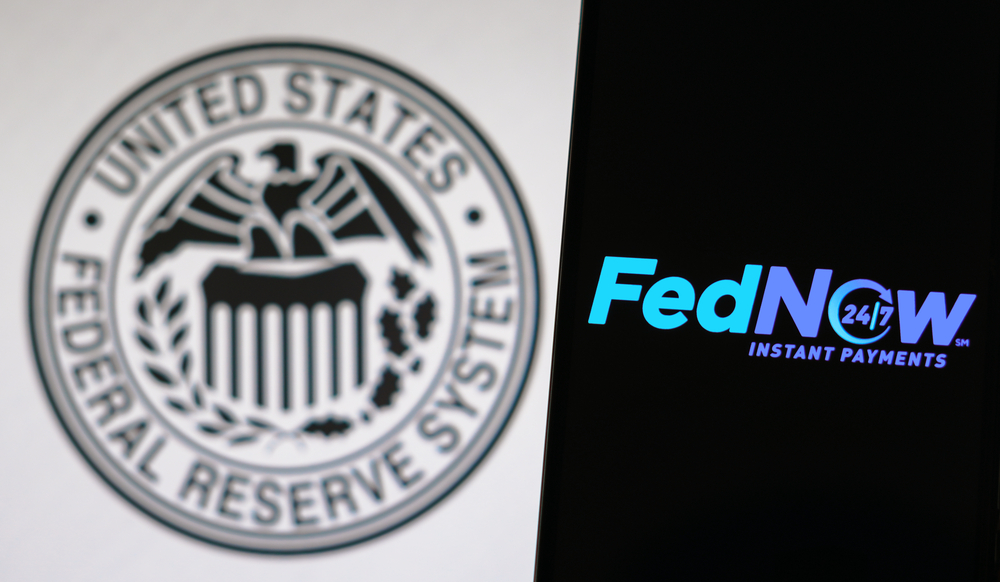Category: Payment Processing
-
PayPal Frozen Funds Hack: Chargeback YOURSELF
Efficient transactions are the lifeblood of any successful business. But sometimes, our trusted tools don’t always work in our favor. One such scenario involves PayPal freezing funds, a situation that has left many online merchants in a lurch. If you’ve ever had your PayPal account frozen, you know the struggle of not being able to…
Written by

-
BNPL for Everyday Purchases? This Payment Option Is Lined with Gold for Merchants
In recent years, Buy Now, Pay Later (BNPL) services have gained significant traction among Americans, revolutionizing the way consumers approach their purchases. While traditionally associated with larger-ticket items like electronics and furniture, BNPL has now expanded into everyday products, like to buy groceries or home goods. This shift in consumer behavior presents a golden opportunity…
Written by

-
Is Stripe Holding Money STILL? A Merchant’s Guide to Getting Your Money Back
Welcome, Stripe merchants! As you navigate the world of online payments, you may have encountered the frustrating experience of having your funds temporarily held by Stripe. It’s a common issue that can be both confusing and concerning for those who rely on timely access to their revenue. That’s why we’ve created this comprehensive guide to…
Written by

-
3 Ways You Can Implement Artificial Intelligence into Your Payment System Today
Artificial intelligence is transforming the world as we know it, and one industry that is experiencing a great deal of change because of this cutting-edge technology is payments. From fraud detection to customer service, advancements in AI has revolutionized how transactions are processed and made financial services more accessible than ever before. In this article,…
Written by

-
Increase Conversions, Decrease Declines with Alternative Payment Modes like FedNow
Are you looking for an easy way to increase your conversions and decrease declines? Incorporating alternative payment modes, such as FedNow, into your existing payments system can be a powerful tool in helping achieve these goals. With the rise of debit cards and the prevalence of mobile wallets, incorporating new ways to quickly process payments…
Written by
